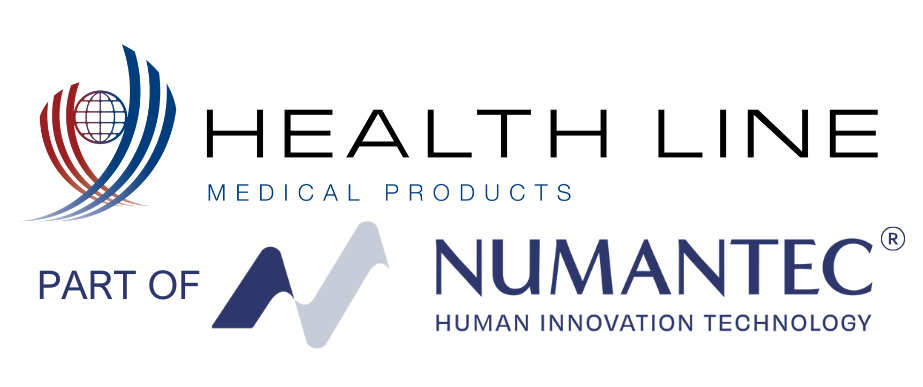Choosing the right device is crucial for both patients requiring central venous access. Two commonly used devices are PICC lines (peripherally inserted central catheter) and ports. Each has its own set of advantages, but PICC lines often offer several benefits positioning them as the preferred choice for many patients, particularly for short-term treatments.
Easier Insertion
One of the primary advantages of PICC lines is the ease of insertion. Unlike ports, which require a minor surgical procedure to implant under the skin, PICC lines are inserted through a vein in the arm using ultrasound guidance. This method is simpler, less invasive, and can be performed without the need for surgery. The process involves threading the catheter through the vein until it reaches a large central vein near the heart, ensuring effective delivery of medication or nutrients. This less invasive approach reduces the risk of complications and allows for a quicker recovery time.
No External Parts
Although PICC lines have an external portion that exits the insertion site, they do not have protruding parts once properly secured. This is in contrast to ports, which have a small raised area on the skin where the port reservoir is located. The absence of protruding parts makes PICC lines more comfortable for patients and less noticeable under clothing. This can significantly improve the quality of life for patients, as they can carry on with their daily activities without feeling self-conscious about their medical device.
Temporary Access
PICC lines are designed for temporary use, typically lasting several weeks to a few months. This makes them ideal for shorter treatment durations, such as antibiotic therapy or chemotherapy cycles. The temporary nature of PICC lines means that patients do not have to commit to an implanted device for an extended period. Once the treatment is complete, the PICC line can be easily removed, making it a convenient option for short-term medical needs.
Fewer Restrictions
With no implanted device, PICC lines allow for fewer activity restrictions compared to ports. Patients can engage in most activities without worrying about dislodging or damaging an implanted port. This freedom can be particularly beneficial for patients who lead active lifestyles or those who need to maintain a certain level of physical activity as part of their rehabilitation process. Additionally, the flexibility offered by PICC lines can contribute to better mental health and overall well-being during treatment.
Cost-Effective for Short-Term Use
The lower insertion costs and the absence of a surgical procedure make PICC lines more cost-effective for short-term venous access needs compared to ports. For patients and healthcare systems alike, this can represent significant savings, particularly in scenarios where temporary access is sufficient. The cost-effectiveness of PICC lines does not compromise their effectiveness, making them a practical choice for both medical providers and patients.
In summary, PICC lines offer numerous benefits over ports, particularly for short-term treatments. The easier and less invasive insertion process, lack of protruding external parts, suitability for temporary access, fewer activity restrictions, and cost-effectiveness make PICC lines an excellent choice for many patients. While ports may still be preferred for long-term venous access due to their lower maintenance requirements, PICC lines stand out for their practicality and convenience in short-term medical care. As always, patients should consult with their healthcare providers to determine the most appropriate option based on their individual needs and treatment plans.
Explore our range of PICC Lines, customized to meet your unique requirements with a variety of configurations. Designed to satisfy the needs of both medical professionals and patients, our vascular access devices stand out as the best option. Please contact us today for more information and a custom quotation.
References
Nickel, B. et al., (2024, January/ February) Infusion Therapy Standards of Practice 9th edition. Journal of Infusion Nursing. https://www.ins1.org/publications/infusion-therapy-standards-of-practice/
Lin, L. et al., (2023, July 14) Peripherally inserted central catheters versus implantable port catheters for cancer patients: a meta-analysis. National Library of Medicine. https://www.ncbi.nlm.nih.gov/pmc/articles/PMC10380996/#:~:text=All%20PICCs%20can%20be%20easily,end%20of%20the%20chemotherapy%20infusion
Weatherspoon, D. (2021, February 27) Everything to know about portacaths. Medical News Today. https://www.medicalnewstoday.com/articles/portacath
White, C. (2019, August 2019) Central Venous Catheters: PICC Lines versus Ports. Healthline. https://www.healthline.com/health/breast-cancer-navigator/central-venous-catheters-picc-lines-versus-ports
Vascular Access Devices: PICCs and Ports. Cystic Fibrosis Foundation. https://www.cff.org/managing-cf/vascular-access-devices-piccs-and-ports#:~:text=PICCs%20are%20used%20for%20short,get%20a%20PICC%20line%20placed.
